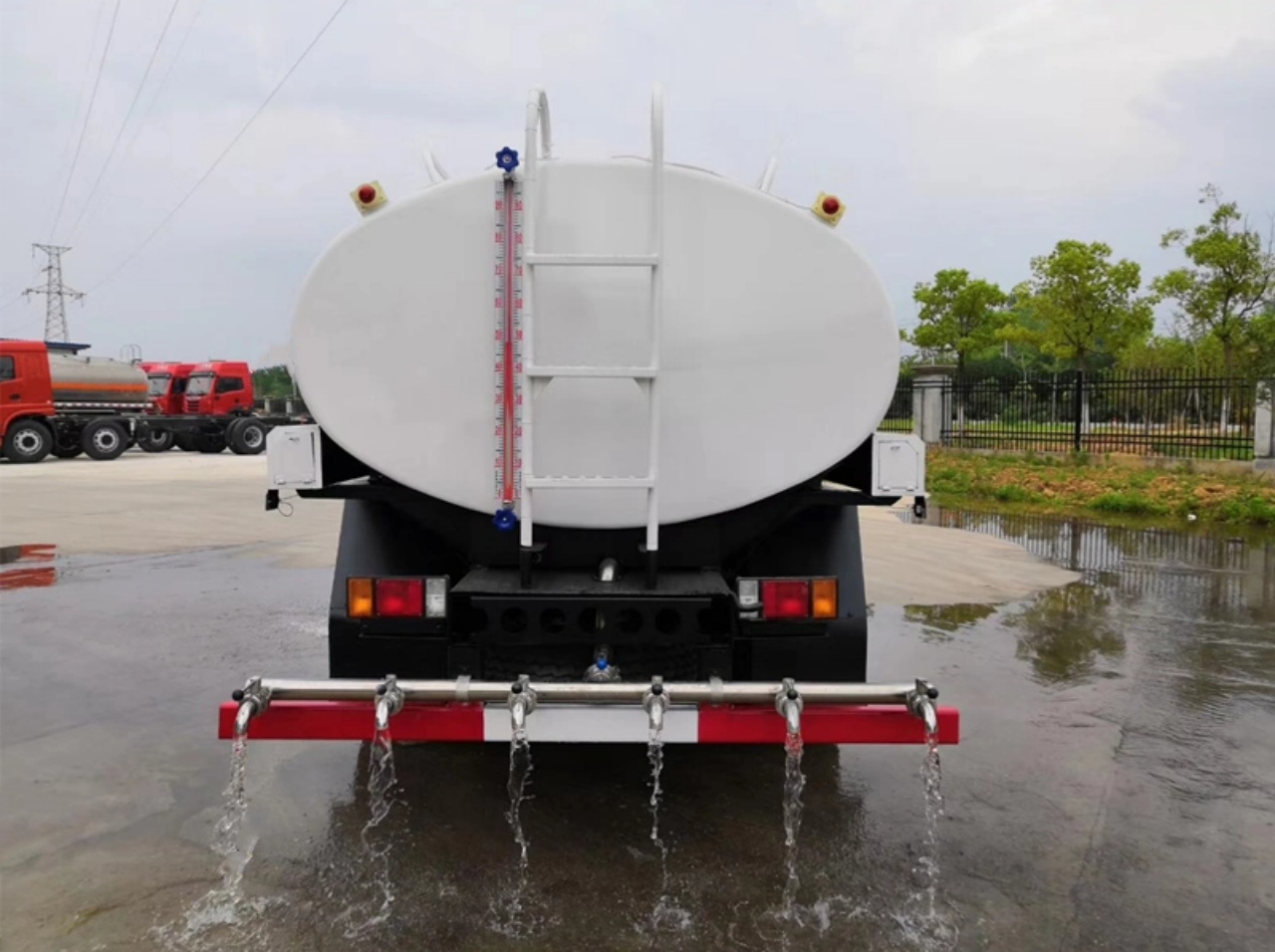Milk is one of the most widely consumed beverages in the world, and behind the smooth flow of dairy from farms to fridges is a specialized vehicle that plays a crucial role — the milk truck. But what exactly is a “milk truck”? Is there a specific name for it? What are the types, functions, and variations of this humble yet vital vehicle? In this article, we’ll dive into the fascinating world of milk transportation and answer the question: What do you call a milk truck?
The Basic Name: Milk Truck
The most straightforward term is simply “milk truck.” This refers to any vehicle that is specially equipped to transport milk from 1 location to another — typically from dairy farms to processing plants, or from plants to retailers. The term is commonly used in North America and some other English-speaking countries, and it covers a wide range of vehicle designs and purposes.
But the world of milk trucks is more diverse than that simple term suggests.
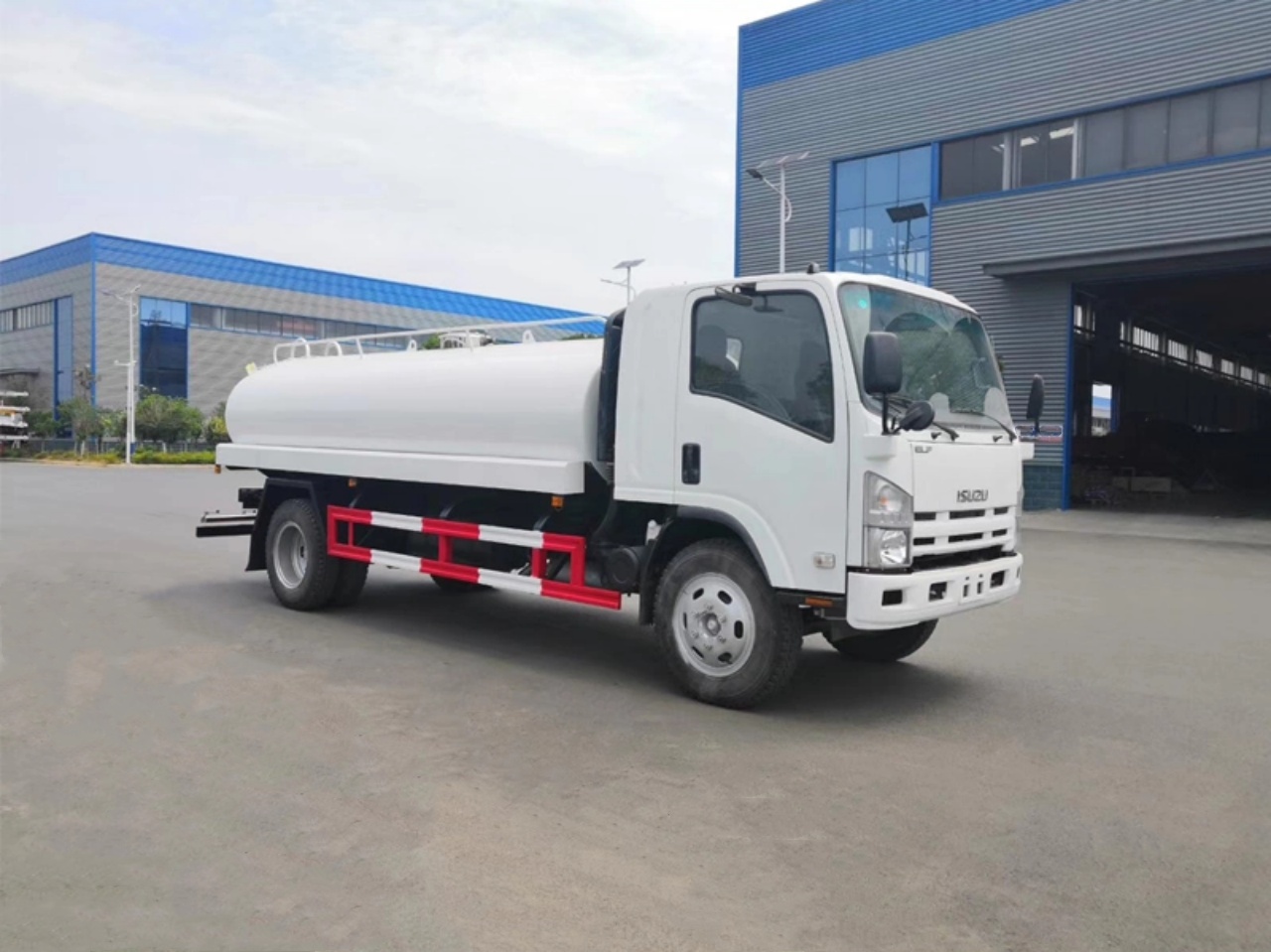
Variations and Technical Names
Depending on their design and function, milk trucks go by other names such as:
1. Milk Tanker
A milk tanker is a more specific term used to describe large trucks or semi-trailers fitted with a stainless steel, insulated tank. These are used primarily for bulk milk transportation from farms to dairy processing facilities. The tanks are designed to maintain the milk at cool temperatures (usually around 4°C or 39°F) to ensure freshness during transport.
Milk tankers are often seen on rural roads and highways, collecting raw milk from multiple farms on a single route. They may hold thousands of gallons of milk in a single load. These trucks are built to maintain strict hygiene and temperature control, meeting food-grade transport standards.
2. Milk Delivery Truck
While a milk tanker is used for raw milk collection, a milk delivery truck refers to the vehicle used to deliver processed and packaged milk to stores, schools, restaurants, or even homes. These trucks are typically box-style refrigerated trucks or vans with shelving or crates for bottled or carton-packaged milk.
In the past, these were also known as milk floats, especially in the UK — electric vehicles used by milkmen to deliver glass bottles of milk door to door.
3. Milk Collection Truck
Some refer to the trucks that pick up raw milk from farms as milk collection trucks. These vehicles may either have an onboard tank for direct transport to processing plants or may transfer milk into larger tankers at consolidation points. They are often equipped with hoses, pumps, and metering systems for automated milking system integration.
4. Milk Float
In British English, milk float is a historical and culturally iconic term. It refers to the small electric vehicles once widely used for doorstep milk delivery. Though largely phased out due to changes in shopping habits, some modern electric delivery services are reviving the concept with updated versions of the milk float.
Historical Context
Milk trucks have evolved significantly over the last century. In the early 1900s, horse-drawn carts were used to deliver milk in glass bottles. With the rise of the automobile, motorized milk delivery trucks began to appear. These early models weren’t always refrigerated, so speed of delivery and short distances were essential.
By the mid-20th century, as refrigeration technology improved, insulated and cooled tanks became standard for bulk transport. These advancements allowed milk to be collected from more distant farms and delivered to central processing facilities while maintaining quality.
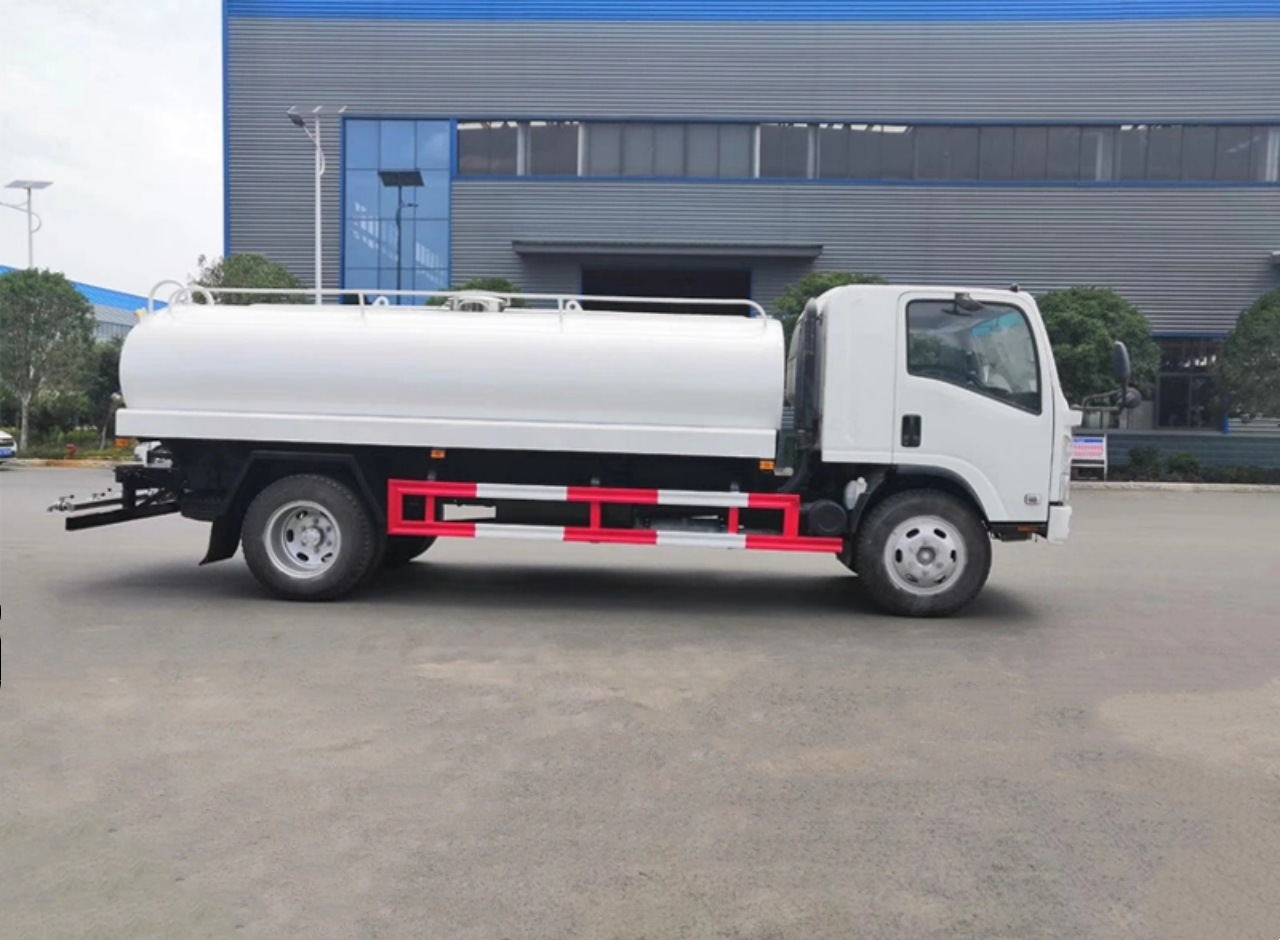
Components of a Modern Milk Truck
Modern milk trucks are marvels of sanitary design and efficient logistics. Let’s take a closer look at their key components:
- Insulated Tank: Made from food-grade stainless steel, these tanks are double-walled and insulated to maintain low temperatures for raw milk.
- Refrigeration System: While insulation handles much of the cooling, some trucks have refrigeration units, especially in hotter climates or for longer journeys.
- Pump and Hose System: Automated pumps and sanitary hoses are used for loading and unloading milk without contamination.
- Compartmentalization: Some milk tankers are divided into multiple compartments to handle milk from different farms without mixing.
- Temperature Sensors: Digital sensors monitor milk temperature continuously, ensuring compliance with health regulations.
Regulations and Standards
Because milk is a perishable and consumable product, its transport is strictly regulated in most countries. Milk trucks must comply with food safety and hygiene standards set by government bodies such as:
- The U.S. Food and Drug Administration (FDA) under the Grade “A” Pasteurized Milk Ordinance (PMO)
- The European Union’s Regulation (EC) No 852/2004 on the hygiene of foodstuffs
- Local agriculture and health departments
These regulations cover everything from cleaning protocols to vehicle construction and milk temperature management.
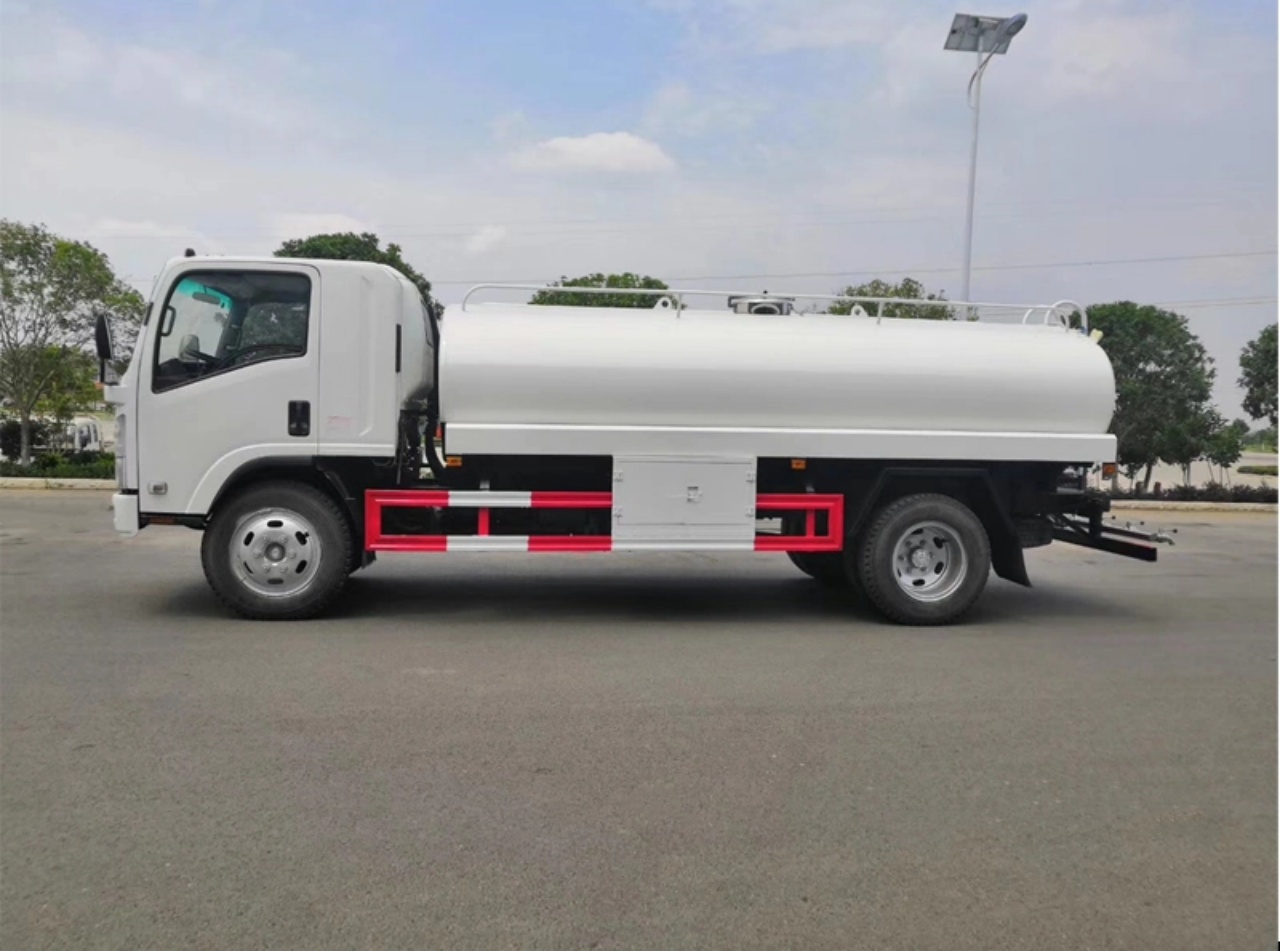
Why Terminology Matters
The term “milk truck” might sound simple, but using the more specific terms like “milk tanker” or “milk delivery truck” helps clarify the purpose and design of the vehicle. For example:
- A milk tanker is usually large, made for bulk transport, and doesn’t carry packaged milk.
- A milk delivery truck is more likely to be seen in urban areas delivering consumer-ready dairy products.
- A milk float (in the UK) is associated with residential delivery and nostalgic milk rounds.
Each of these serves a different link in the dairy supply chain, and knowing the right term can be useful for anyone working in agriculture, food logistics, or supply chain management.
Future of Milk Trucks
With a growing focus on sustainability and efficiency, milk trucks are also evolving. Some notable trends include:
- Electric and Hybrid Trucks: Especially for local delivery trucks, electric options are gaining traction for lower emissions and quieter operation.
- Smart Sensors and IoT Integration: Milk tankers are being equipped with smart monitoring systems that track temperature, cleanliness, and GPS location in real-time.
- Improved Tank Design: New materials and construction techniques are making tanks more lightweight while maintaining durability and hygiene standards.
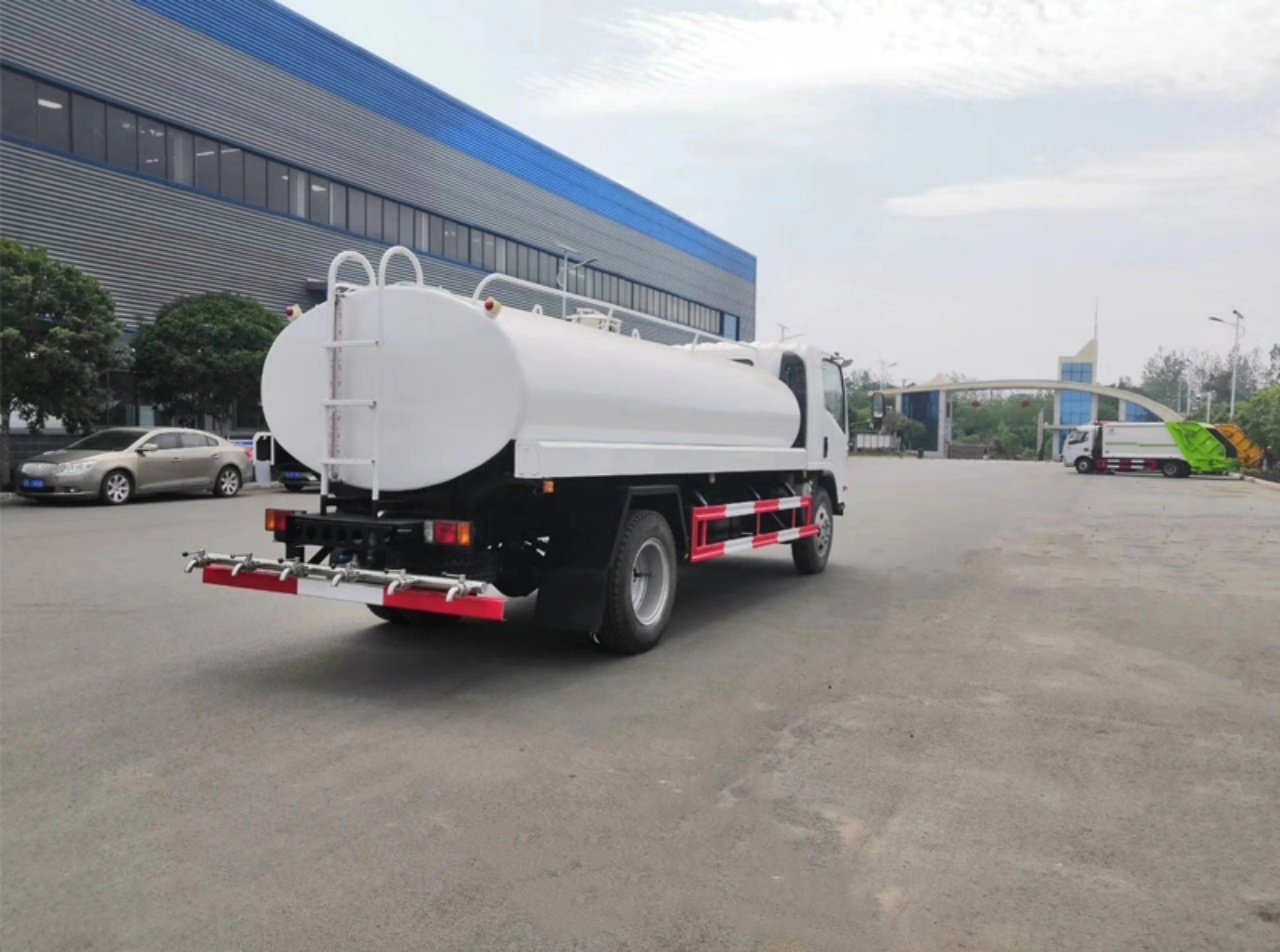
Conclusion
So, what do you call a milk truck? The answer depends on the type of milk being transported and the vehicle’s role in the supply chain. From milk tankers hauling raw milk across rural landscapes to milk floats bringing fresh bottles to your doorstep, each type plays a vital role in ensuring the milk you enjoy is fresh, safe, and delicious.
Understanding the terminology and design behind these trucks gives us a greater appreciation for the silent workhorses of the dairy industry. So the next time you see a shiny tanker winding through the countryside or a boxy delivery truck unloading crates of milk at your local store, you’ll know exactly what to call it — and how important it is.
